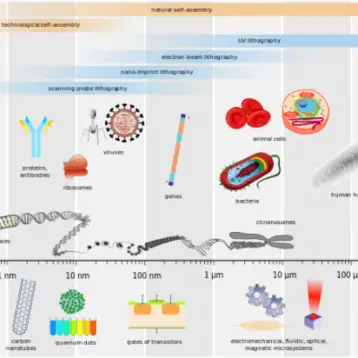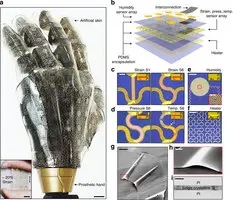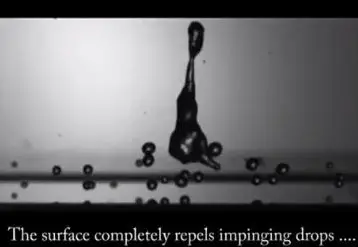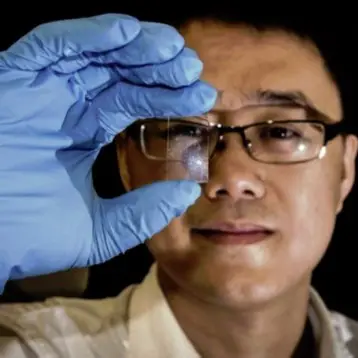Researchers from the University of Florida created a tiny particles that can be programmed to fight Hepatitis C and In laboratory tests have already demonstrated almost a 100 percent decrease in hepatitis C virus levels. The newly developed “nanorobots” have the potential to be useful fighting useful against other diseases as well such as cancer and viral infections.
More than 3 million individuals in the United States are infected with hepatitis C and around 17,000 new cases are diagnosed each year, according to the Centers for Disease Control and Prevention. Hepatitis C causes liver inflammation, which can lead, over time, to serious liver problems such as cirrhosis. The disease is transmitted via contact with infected blood, most commonly through injection drug use, needlestick injuries in medical settings, body piercings and birth to an infected mother. Although many people may suffer from hepatitis C, patients can go many years without symptoms, which can develop years later.
–
–
Existing hepatitis C treatments involve the use of drugs that attack the replication machinery of the hepatitis C virus. But these therapies are only effective to a degree and on average can only help less than 50 percent of patients. The treatments side effects vary widely from one medication to another, and can include flu-like symptoms, anemia and even anxiety.
–
–
The current research led by professor Y. Charles Cao, from the Universityof Florida department of chemistry, and professor Chen Liu from the department of pathology takes a very different approach to fighting hepatitis C. They created and tested a particle that targets hepatitis C virus in the liver and prevents the virus from making copies of itself.
–
–
The laboratory tests conducted by Cao and his team revealed that the newly created “nanorobots” (also known as nanozyme) all but eradicated hepatitis C virus infection. The nanozyme is made out of tiny gold particles and on its surface it has 2 main biological components: The first is a type of protein called an enzyme that can destroy the genetic recipe-carrier, called mRNA, for making the disease-related protein in question. The other component is a large molecule called a DNA oligonucleotide that recognizes the genetic material of the target to be destroyed and instructs its neighbor, the enzyme, to perform the actual distraction. By itself, the enzyme does not selectively attack hepatitis C, but combination with the DNA oligonucleotide it becomes a hepatitis C "guided bomb".
–
–
During the lab testing the new nanozyme did not trigger the body’s defense mechanism, reducing the chance of side effects. The reaserachers said that future therapies based on the nanozyme could be the form of a pill and the nanozyme also has the potential for use in detecting and destroying viruses used as bioweapons and the programmable nature of the particle makes it useful in the future against diseases such as cancer and other viral infections.
–
–
More information can be found on the University of Florida website.










